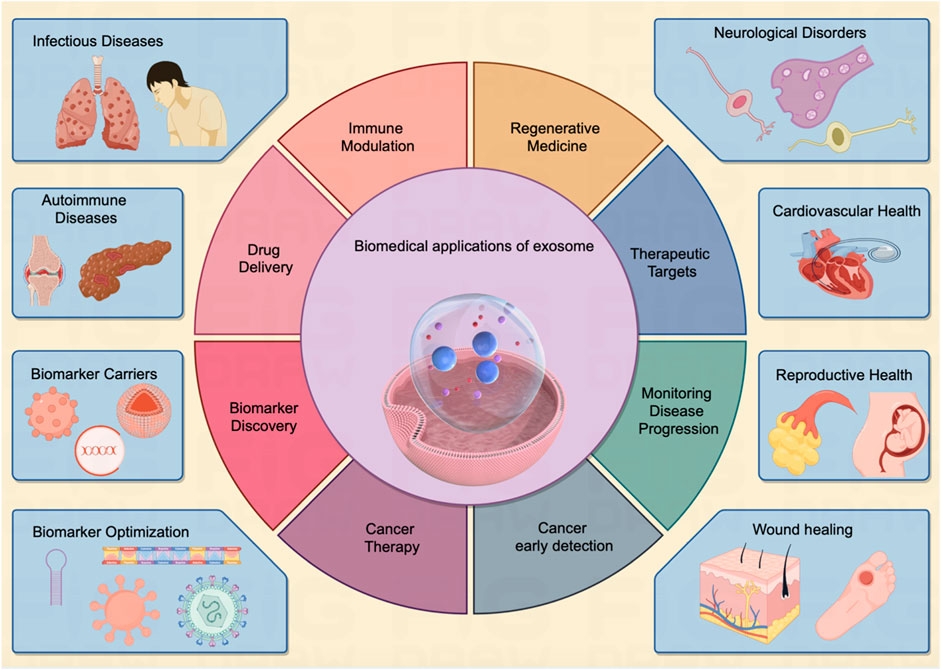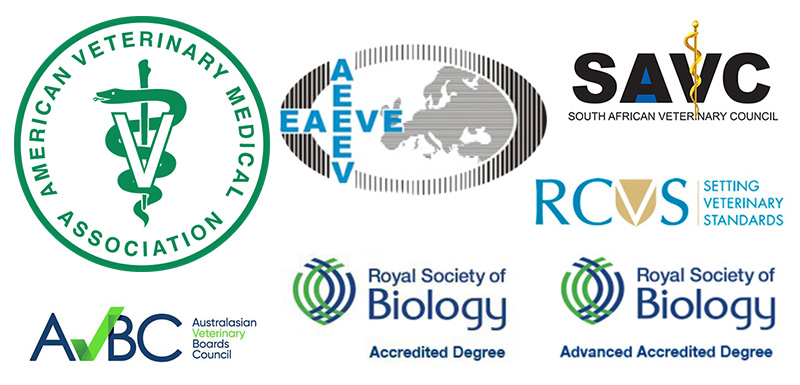Analysis of Respiratory Syncytial Virus (RSV) and its Impact on Sustainable Development Goals
Respiratory Syncytial Virus (RSV) presents a significant public health challenge that directly intersects with several United Nations Sustainable Development Goals (SDGs). Understanding its transmission, risk factors, and prevention is critical to advancing global health and well-being.
Transmission Mechanisms and At-Risk Populations
The spread of RSV undermines SDG 3 (Good Health and Well-being), particularly among vulnerable populations. Transmission occurs through several primary vectors:
- Inhalation of aerosolized droplets from an infected individual’s cough or sneeze.
- Direct contact of virus droplets with the eyes, nose, or mouth.
- Physical contact with an infected person, such as kissing the face of a child with RSV.
- Contact with contaminated surfaces (fomites), followed by touching the face.
While infection is nearly universal by the age of two, certain groups face heightened risks. Individuals with weakened immune systems and infants can remain contagious for up to four weeks, posing a prolonged threat to community health. The spread of RSV in schools and childcare centers not only impacts child health (SDG 3) but also disrupts access to SDG 4 (Quality Education) due to student and staff absences.
Virus Survivability and Contagion Dynamics
The virus’s ability to survive for many hours on hard surfaces like tables and crib rails necessitates stringent environmental cleaning protocols, a key component of public health infrastructure under SDG 11 (Sustainable Cities and Communities). The typical contagion period is 3 to 8 days, often beginning before symptoms appear, which complicates containment efforts and underscores the need for proactive public health strategies.
Strategic Prevention Measures Aligned with SDGs
A multi-faceted approach to RSV prevention can significantly contribute to achieving key SDG targets. These strategies empower individuals and communities to build resilience against respiratory illnesses.
Hygiene and Sanitation Protocols (SDG 3 & SDG 6)
Effective prevention is fundamentally linked to SDG 6 (Clean Water and Sanitation). The following hygiene practices are essential for mitigating RSV spread and promoting public health:
- Hand Hygiene: Frequent hand washing with soap and water or using alcohol-based sanitizers.
- Respiratory Etiquette: Covering coughs and sneezes to contain infectious droplets.
- Surface Decontamination: Regularly cleaning frequently touched surfaces to eliminate the virus.
Environmental and Social Measures (SDG 11 & SDG 3)
Creating safe and healthy environments is central to SDG 11. The following measures help reduce transmission in community settings:
- Improving Air Quality: Enhancing ventilation by introducing fresh outdoor air or using air purification systems.
- Physical Distancing: Maintaining distance from others, especially when respiratory viruses are circulating.
- Use of Masks: Employing masks as a barrier to reduce the spread of droplets.
Containment and Economic Considerations (SDG 3 & SDG 8)
Isolating when ill is a critical public health intervention that supports both community health and economic stability. Staying home when sick directly supports SDG 3 by preventing further transmission. This action also contributes to SDG 8 (Decent Work and Economic Growth) by reducing the overall impact of illness on the workforce, minimizing productivity losses, and ensuring a healthier, more resilient labor market.
Seasonal Patterns and Public Health Preparedness
Annual Trends and Regional Variation
In the United States and regions with similar climates, RSV circulation typically begins in the fall and peaks during the winter. However, the timing and severity can vary annually and geographically. This variability requires robust local surveillance systems and adaptive public health responses to protect communities, a core tenet of building resilient health systems under SDG 3.
Which SDGs are addressed or connected to the issues highlighted in the article?
SDG 3: Good Health and Well-being
- The article’s entire focus is on the Respiratory Syncytial Virus (RSV), a communicable disease that affects human health. It discusses transmission, prevention methods, and at-risk populations, all of which are central to the goal of ensuring healthy lives and promoting well-being.
What specific targets under those SDGs can be identified based on the article’s content?
SDG 3: Good Health and Well-being
-
Target 3.3: By 2030, end the epidemics of AIDS, tuberculosis, malaria and neglected tropical diseases and combat hepatitis, water-borne diseases and other communicable diseases.
- Explanation: The article directly addresses a communicable disease (RSV). It details how the virus spreads through droplets from coughs or sneezes and contact with contaminated surfaces. The prevention section, which advises on hygiene and staying home when sick, provides a clear framework for combating such a disease, aligning perfectly with this target.
-
Target 3.2: By 2030, end preventable deaths of newborns and children under 5 years of age…
- Explanation: The article identifies infants and toddlers as a key demographic, stating, “Nearly all children will get RSV before their second birthday” and that people typically get it for the first time “as an infant or toddler.” By focusing on preventing a disease that can be severe in young children, the article’s guidance contributes to the goal of reducing child mortality.
-
Target 3.d: Strengthen the capacity of all countries, in particular developing countries, for early warning, risk reduction and management of national and global health risks.
- Explanation: The article functions as a public health advisory, a tool for risk reduction and management. It provides early warning by describing the seasonality of RSV (“starts during fall and peaks in the winter”) and equips the public with risk management strategies like “Practice good hygiene,” “Take steps for cleaner air,” and “Stay home.”
Are there any indicators mentioned or implied in the article that can be used to measure progress towards the identified targets?
SDG 3: Good Health and Well-being
-
Implied Indicator for Target 3.3: Incidence of communicable diseases.
- Explanation: The article implies the tracking of RSV cases by referring to “RSV season” and advising people to “be aware of local RSV activity in your area.” The measurement of disease incidence (new cases over a period) is the standard indicator for monitoring and combating communicable diseases.
-
Implied Indicator for Target 3.2: Under-5 mortality rate.
- Explanation: By highlighting the vulnerability of infants and young children (“kissing the face of a child with RSV,” “crib rails”), the article implicitly links RSV prevention to child survival. A key measure of success for this target would be a reduction in the under-5 mortality rate, specifically from acute respiratory infections like RSV.
-
Implied Indicator for Target 3.d: Promotion and adoption of hygiene practices.
- Explanation: The article explicitly recommends several preventative actions. Progress can be measured by the population’s adoption of these behaviors, such as the frequency of hand washing (“washing or sanitizing your hands often”), cleaning of “frequently touched surfaces,” and self-isolation when sick. These actions are tangible indicators of a community’s capacity to manage health risks.
Table of SDGs, Targets, and Indicators
| SDGs | Targets | Indicators |
|---|---|---|
| SDG 3: Good Health and Well-being | 3.3: By 2030, end the epidemics of… other communicable diseases. | Incidence of RSV, as implied by the need to be “aware of local RSV activity.” |
| SDG 3: Good Health and Well-being | 3.2: By 2030, end preventable deaths of newborns and children under 5 years of age… | Under-5 mortality rate, implied by the focus on preventing RSV in high-risk groups like infants and toddlers. |
| SDG 3: Good Health and Well-being | 3.d: Strengthen the capacity… for early warning, risk reduction and management of national and global health risks. | Adoption of public health guidance, such as hygiene practices (“washing or sanitizing your hands often”) and cleaning surfaces. |
Source: cdc.gov







